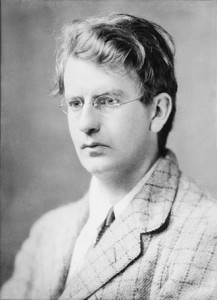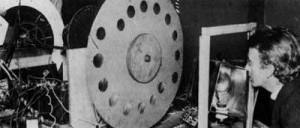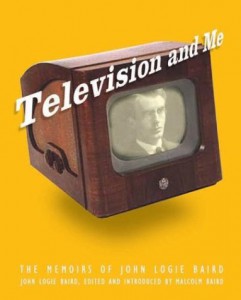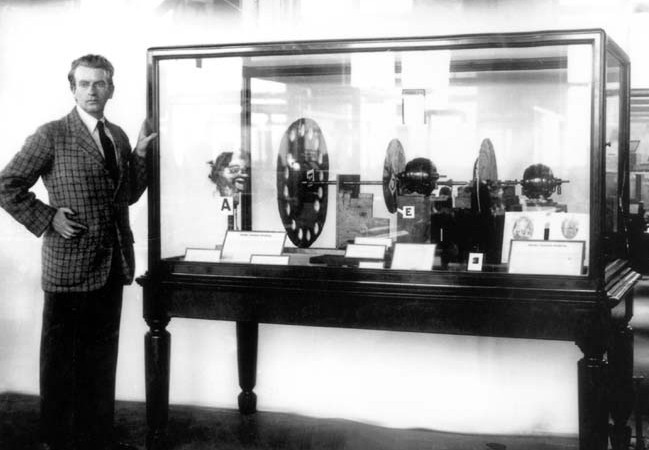This Day in Technology: John Logie Baird, Inventor of the Television

John Logie Baird in 1917
As a technology company, AQT is proud of the innovators and inventors past and present like John Logie Baird FRSE, a Scottish engineer, innovator, one of the inventors of the mechanical television who on this 26th day in January back in 1926, demonstrated the first working television system, and invented both the first publicly demonstrated colour television system, and the first purely electronic colour television picture tube. How engenius.

John Logie Baird with his television apparatus, circa 1925
The mechanical television, or mechanical scan television, is a TV that relies on a mechanical scanning device, such as a rotating disk with holes in it or a rotating mirror, to scan the scene and generate the video signal, and a similar mechanical device at the receiver to display the picture. This contrasts with modern television technology, which uses electronic scanning methods, for example electron beams in cathode ray tube(CRT) televisions, and liquid-crystal displays (LCD), to create and display the picture. Mechanical-scanning methods were used in the earliest television systems in the 1920s and 1930s.
By 1927 many radio stations were broadcasting experimental television programs using mechanical systems. However the technology never produced images of sufficient quality to become popular with the public. Mechanical-scan systems were largely superseded by electronic-scan technology in the late 1930s, which was used in the first commercially successful television broadcasts which began in the late 1940s. A mechanical television receiver is also called a televisor in some countries.

About John Logie Baird
Born: August 14, 1888, Helensburgh, United Kingdom
Died: June 14, 1946, Bexhill-on-Sea, United Kingdom
Spouse: Margaret Albu (m. 1931)
Sources Cited: Wikipedia Commons














